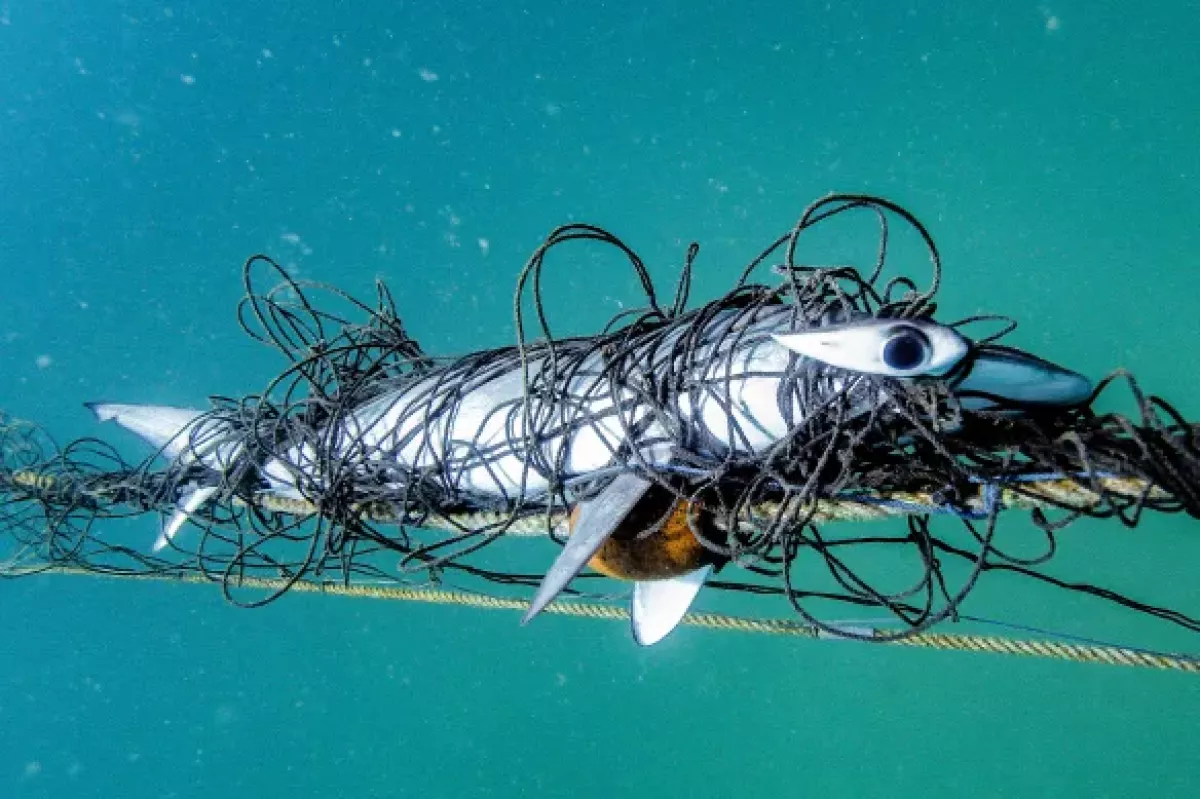Fatal shark attack has Australians debate whether to use controversial net measure
A recent fatal shark attack on an Australian surfer near Sydney has reignited a long-standing and sensitive debate over how to balance beach safety and marine conservation in Australia’s coastal waters. The discussion has once again focused on New South Wales (NSW), the only state besides Queensland that continues to deploy the controversial measure of shark nets, a practice dating back to 1937.
NSW had been preparing to scale back its reliance on shark nets and trial alternative safety methods before the latest attack occurred, in which a man was killed by a great white shark in one of Sydney's northern beaches.
Although the incident happened just a week after the nets had been installed for the season, it prompted the local government to suspend any talks on the potential removal of the nets this year, as The Guardian reported.
NSW authorities employ several shark mitigation strategies, but the use of shark nets remains the most controversial. The nets, installed each summer from September through March across 51 beaches in Australia’s most populous state, are designed to reduce the risk of shark encounters near popular swimming and surfing areas.
However, the nets do not form a complete barrier—each is about 150 meters long, suspended a few meters below the surface, and does not reach the ocean floor, meaning sharks can still swim over, under, or around them.
Conservationists argue the nets are outdated, ineffective, and harmful to marine life. Data from last season showed that nearly 90% of the animals entangled in NSW’s nets were not the target species. Among them were critically endangered grey nurse sharks, dolphins, turtles, and rays. Environmental groups claim the nets create a false sense of security for swimmers while causing “massive collateral damage” to ocean ecosystems.

Did shark population size go up, or did awareness among beachgoers increase?
Nevertheless, many beachgoers continue to view shark nets as an essential safety measure, particularly following fatal attacks.
Public anxiety remains high as sightings of sharks closer to shore appear to be increasing. Surfers report seeing “dark shadows” in the water more frequently than before, fuelling fears that shark populations are growing.
Experts caution, however, that there is no definitive evidence of a population boom. Comprehensive data on shark numbers in Australian waters is limited, and researchers emphasize that more frequent sightings may simply reflect the growing number of people entering the water, combined with the amplification effect of social media.
Marine scientists also note that climate change is reshaping shark behaviour—warming oceans are altering their migration and feeding patterns, occasionally bringing them closer to populated coastlines.
Statistically, the risk of a shark attack in Australia remains extremely low. The Sydney area has recorded only two fatal shark incidents in 60 years.
However, Australia consistently ranks second globally in the number of shark attacks behind only the United States, though it must be noted that the latter has a population size 13 times greater. When it comes to fatal outcomes of shark attacks, the Australian continent still ranks first.
Other measures authorities can take to protect swimmers
Alternative methods for beach safety include “smart” drumlines, which use baited hooks equipped with GPS alerts that notify authorities when a shark is captured so it can be tagged and released elsewhere. Western Australia has adopted eco-barriers, fully enclosed sections of coastline that protect swimmers while minimizing harm to marine species.
Drone surveillance has also emerged as a key tool in shark detection. NSW currently operates more than 300 drones across 50 beaches, providing real-time alerts to lifeguards who can warn swimmers or deploy jet skis to drive sharks away.
By Nazrin Sadigova








